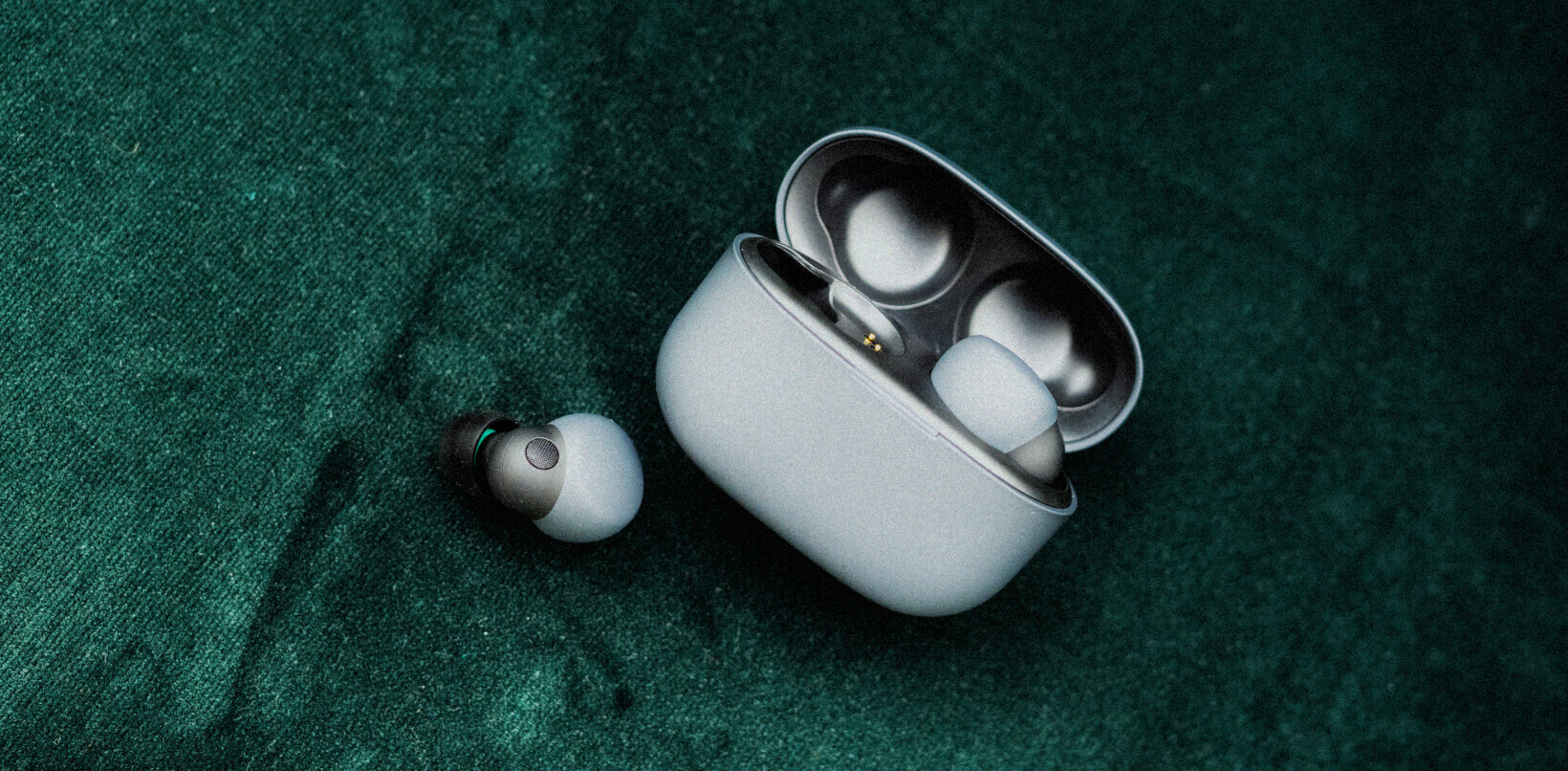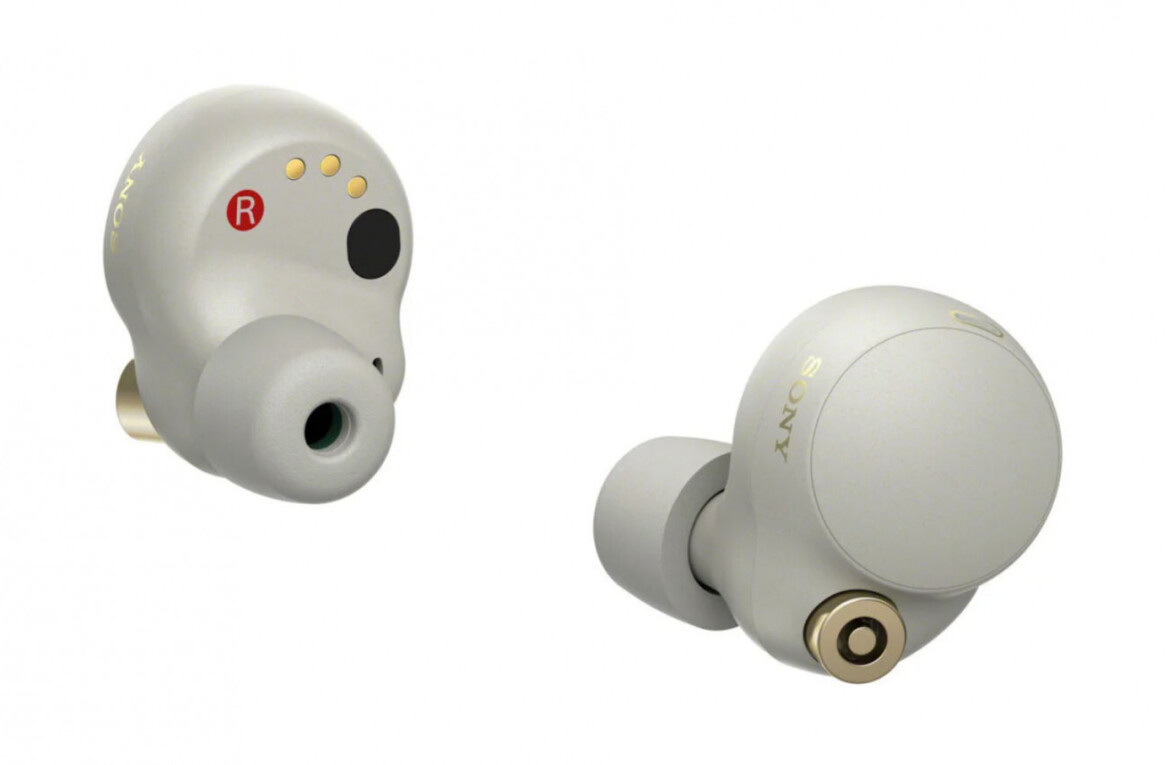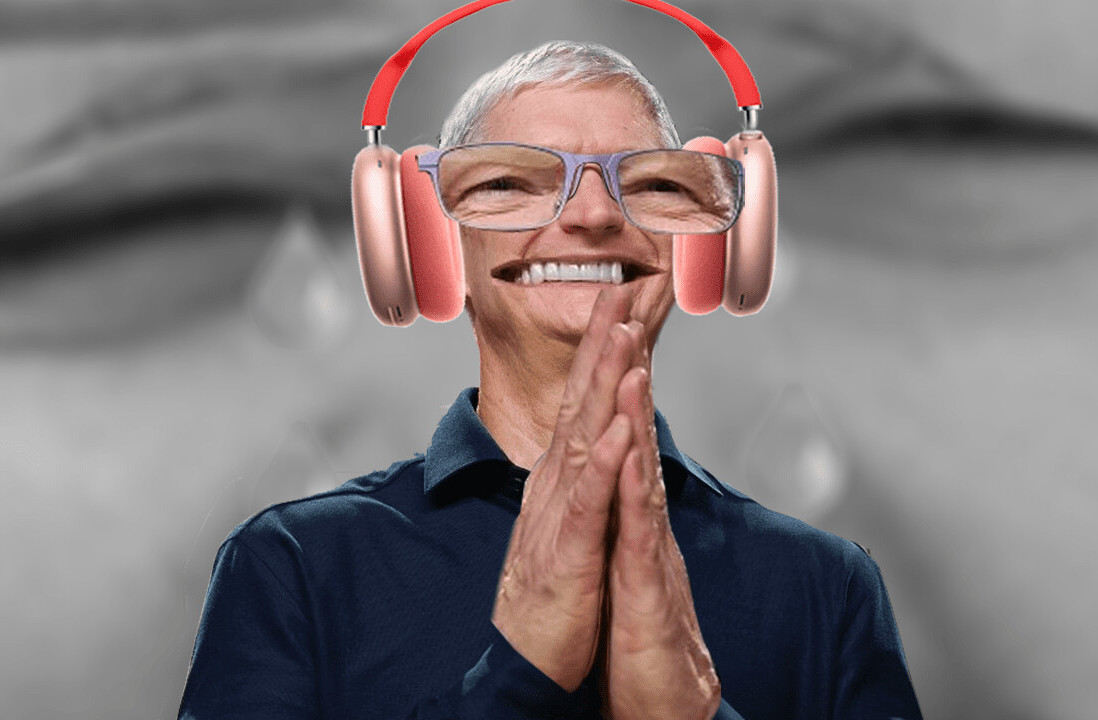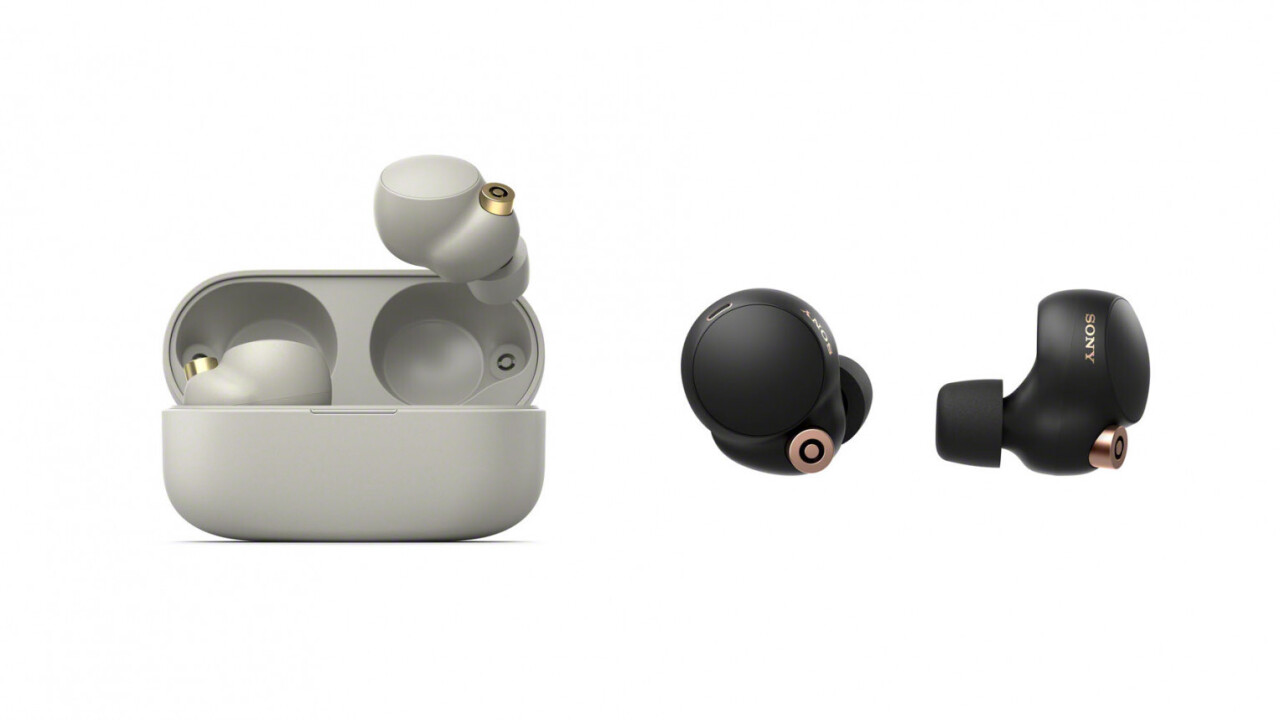
- Product
- WF-1000XM4
- Price
- $279.99
Sony’s WF-1000XM3 were some of the best high-end true wireless earbuds around, especially if you prioritized sound quality and noise canceling. Today, Sony announced their successors, the creatively named WF-1000XM4, and they are a remarkable improvement in many respects, including even better noise cancelation and sound quality, improved controls, and a much better design
My review unit actually arrived just a few hours before the publication of this article, so you can take this as a ‘hands-on’ piece as well. Unfortunately, Sony’s Android software had not yet bet updated to support the new headphones — required to customize the controls and access spatial audio — so my impressions are obviously incomplete.

Notably, the WF-1000XM4 are a bit more expensive than their predecessors, at $280. This is perhaps because Sony wants to position them as a higher-end alternative to Apple’s $250 AirPods pro. Or perhaps it’s just because they are packed with technology. Let’s sum up some of the changes since the XM3:
- Sony has a new V1 processor that improves noise canceling, which Sony claims is “the industry’s highest.” So far, I believe those claims. These block out sound as much as any true wireless earbuds I’ve heard, right alongside the Bose Quiet
- The headphones are allegedly better at reducing wind noise, a problem that plagued the XM3
- They use a new 6mm driver with a 20% larger magnet, which should mean better sound quality.
- They now support the LDAC codec, which is definitely an improvement over the XM3’s AAC, although it may not be that audible to most people.
- They feature a bone-conduction sensor in addition to dual microphones for better intelligibility during calls.
- They come with support for Sony’s 360 Reality Audio, although this was added to the XM3’s via an update. This provides a spatial audio experience, like Apple’s Airpods, but it requires the use of participating streaming services.
- They are officially IPX4 water-resistant.
- They can be charged wirelessly.
- Battery life lasts up to 8 hours per charge with noise canceling on, with 16 more hours in the case for 24 hours total. With ANC off, that figure goes up to 12+24 hours.
- They supports hands-free access to the Google Assistant or Amazon Alexa. Just say ‘Hey Google’ or ‘Hey Alexa.
The most obvious difference between the XM4 and the XM3 is in their design. The earbuds look completely different to the XM3, with a more organic, bulbous shape that is a little smaller and better conforms to my ears. They’re still quite large, so I suspect people with smaller ears may still have some issues finding a good fit, but it should be a definite improvement for most folks.
I would’ve been fine if the earbuds maintained the same overall design though. The more important change is arguably in the new case design, which is way smaller than their predecessors. The XM3 had a laughably large case that made for a big ol’ bulge in your pocket. The XM3’s case is only slightly larger than that of the Pixel Buds or AirPods Pro.
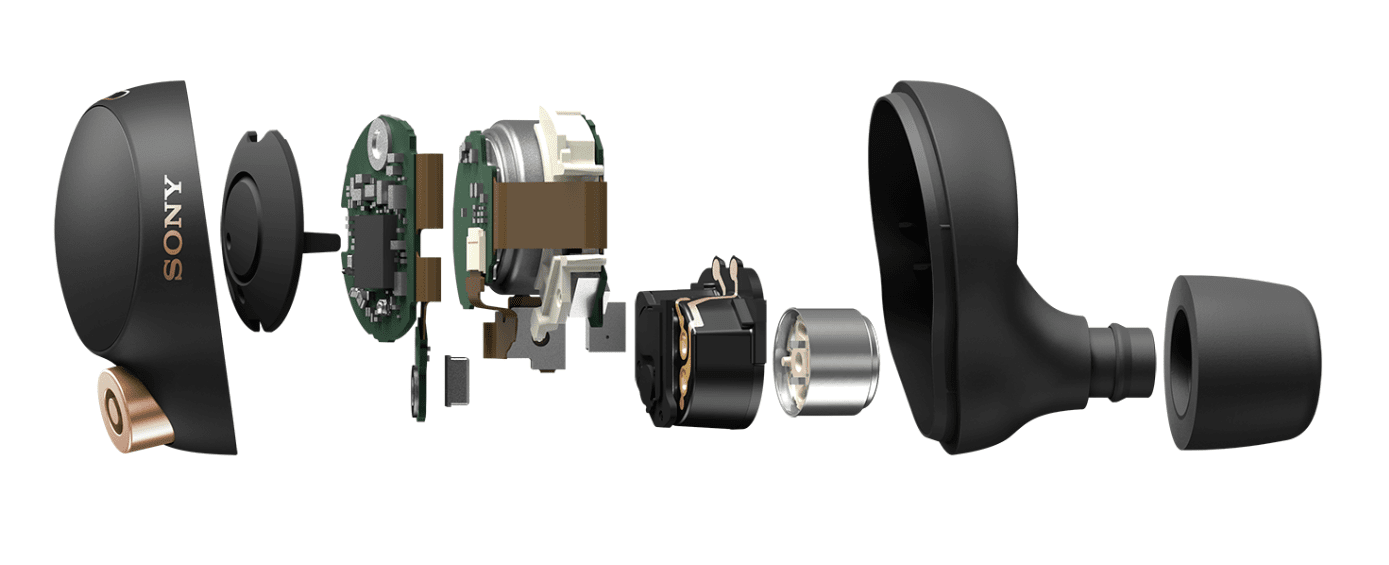
My impressions so far are that sound quality is excellent, and noise canceling is fantastic, and the touch and voice controls seem responsive, but a hair less so than the Pixel Buds or Pixel Buds A.
I haven’t been able to try some of the software features yet, but I’ll need more time before I can write up a full review anyway — stay tuned. If the headphones have already caught your eye, you can pick them up from retailers now.
Get the TNW newsletter
Get the most important tech news in your inbox each week.
